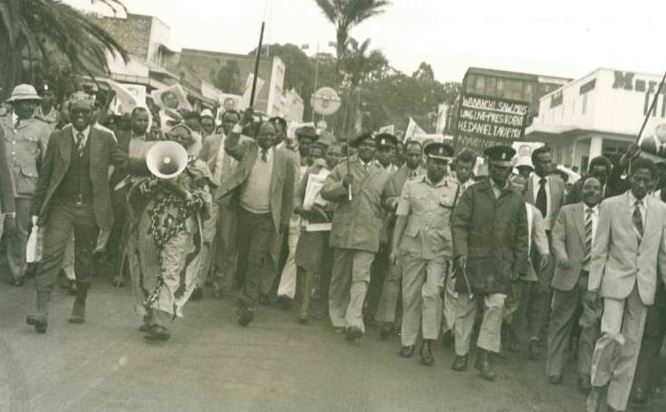×
The Standard e-Paper
Read Offline Anywhere

The military has never been short of men with unimaginable ambition and ego. When one day Senior Sergeant Pancras Oteyo Akumu walked into Senior Private Hezekiah Ochuka’s office and saw the words ‘The Next President of Kenya’ carved out untidily on his desk, he knew Ochuka would be the man for the job he had at hand.
And so he set in motion a plan that was to end in the death of 240 people in a bloody standoff on August 1, 1982, which is recorded as Kenya’s second failed coup attempt.